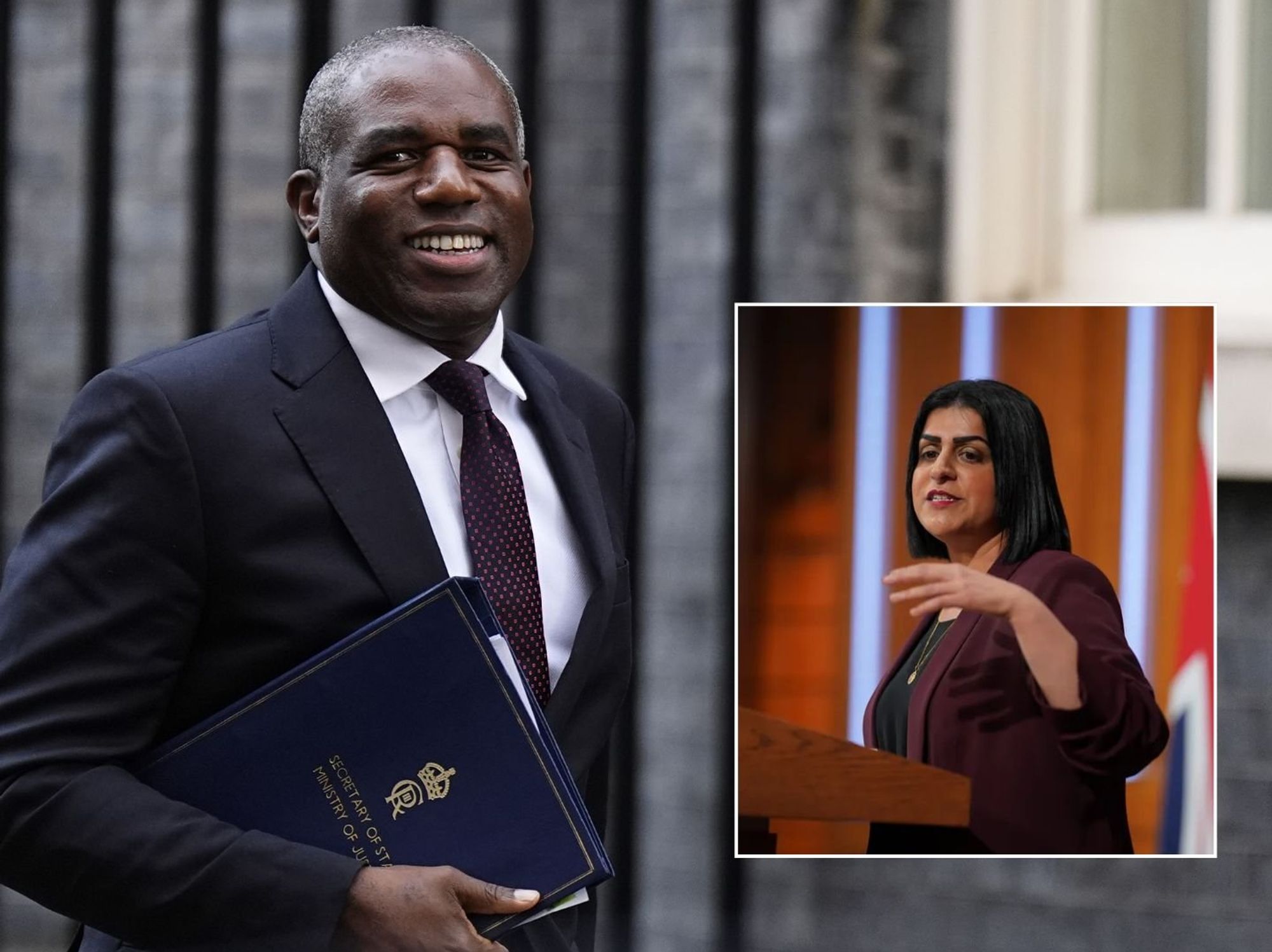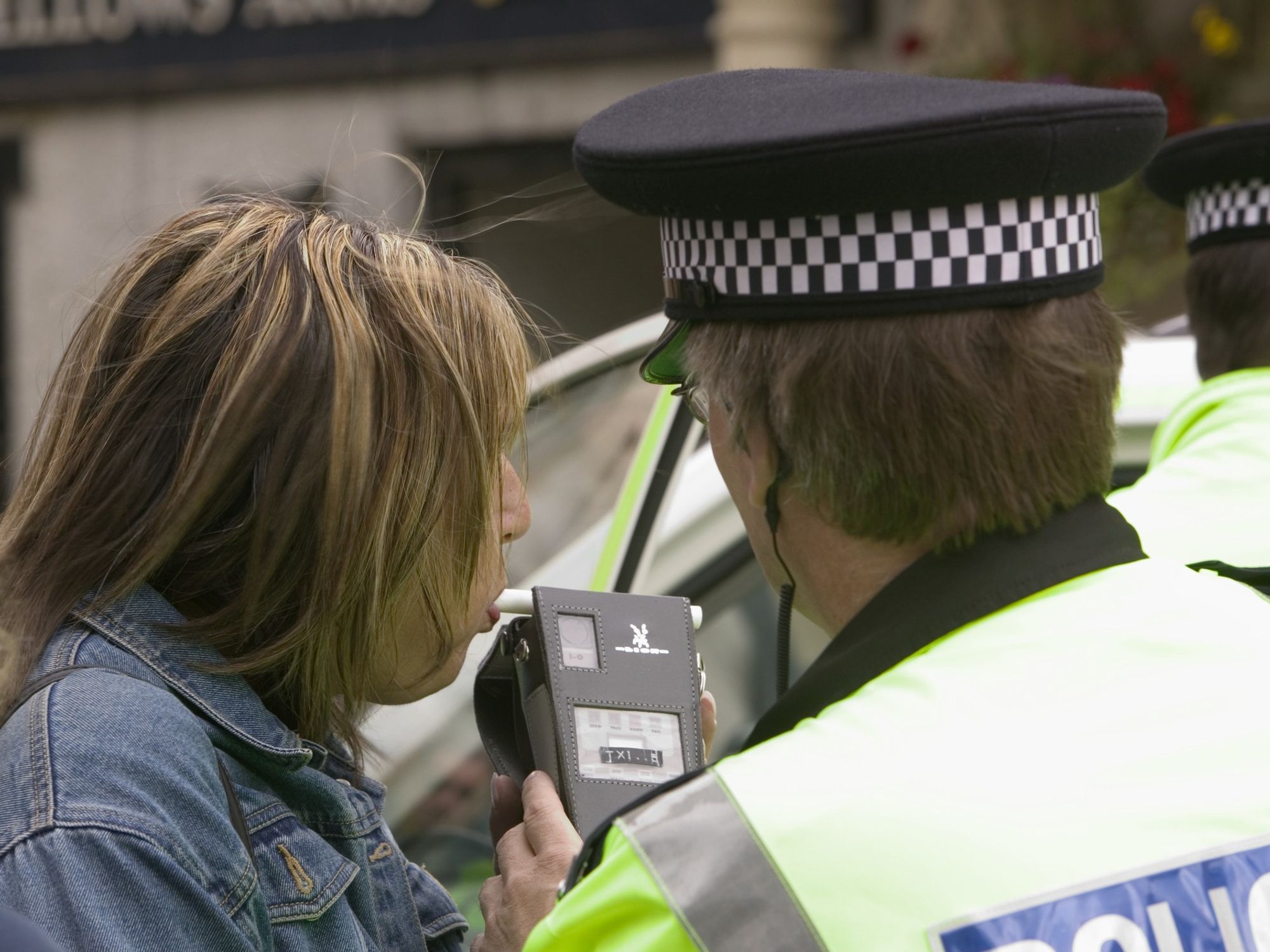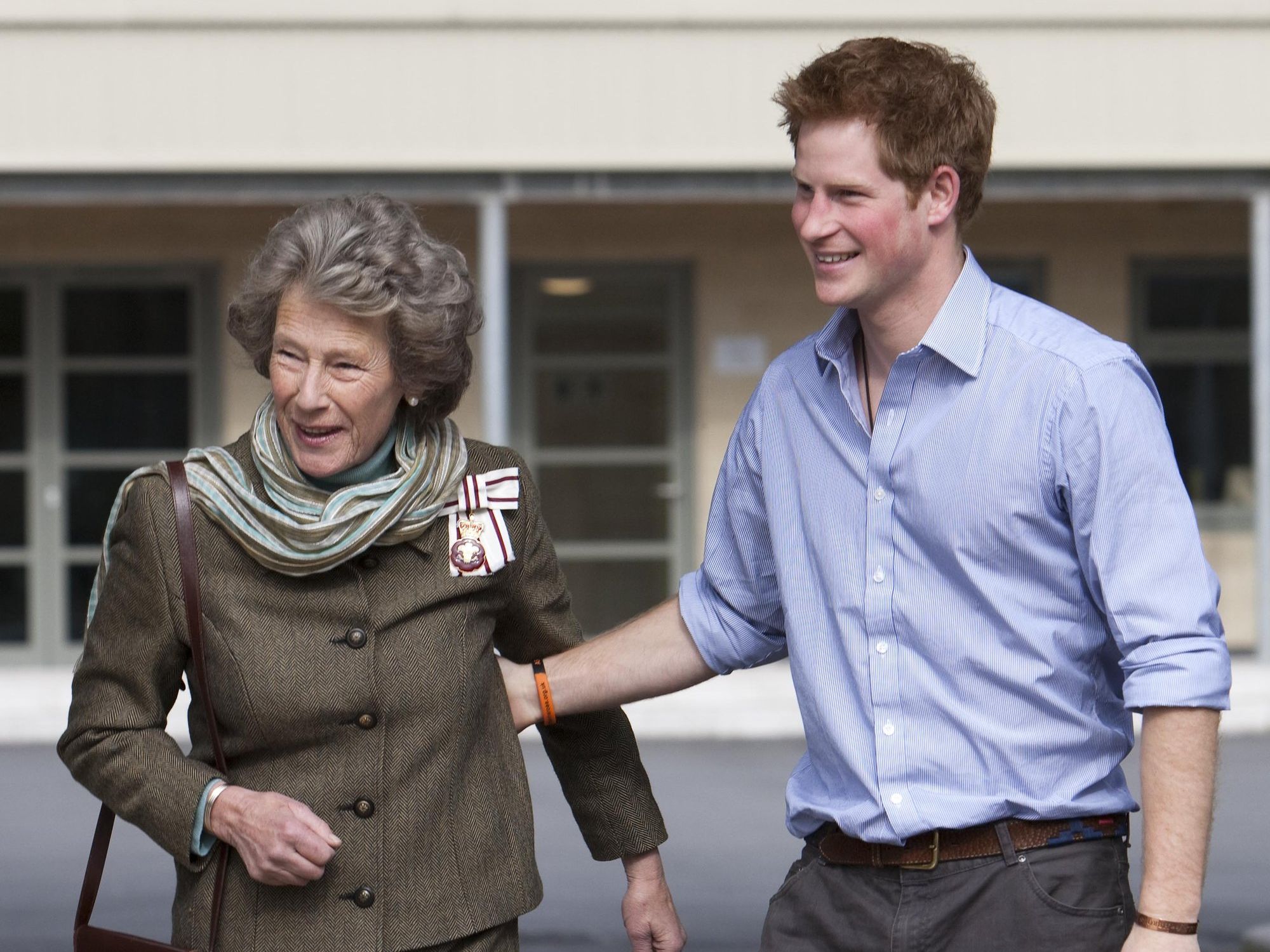Motorists issued urgent warning of new medical driving licence laws being introduced within months
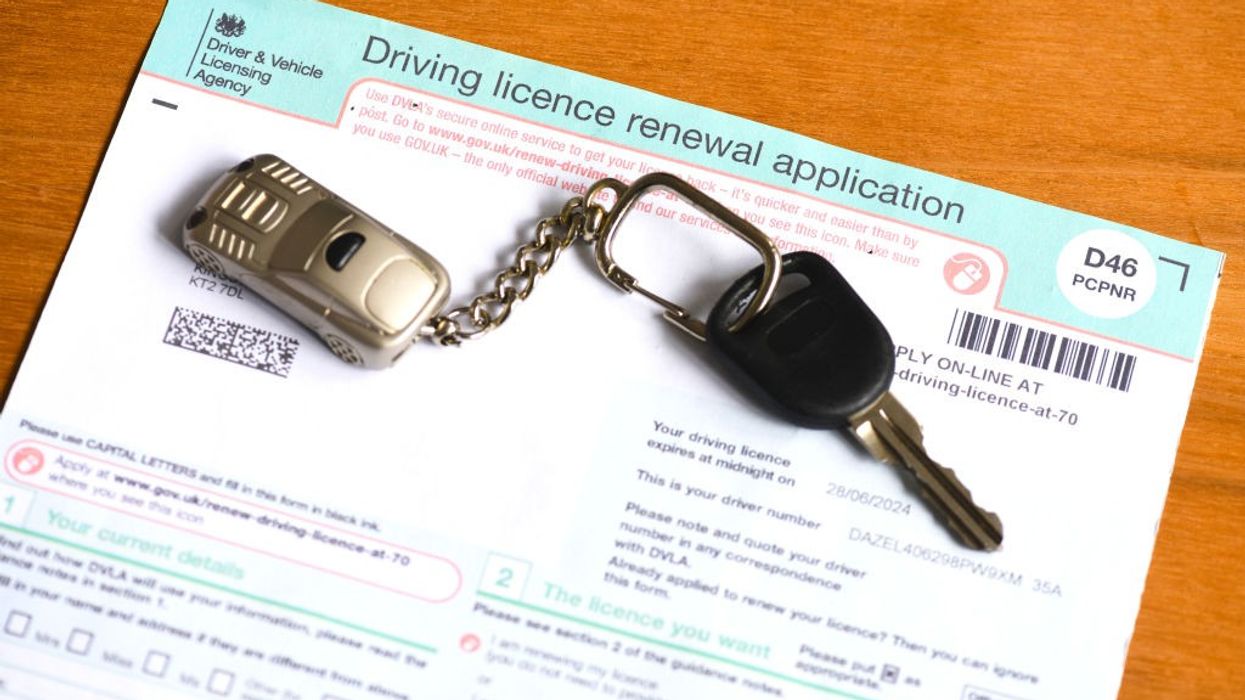
Drivers will be subject to stricter medical tests before being able to drive
|GETTY

Driving licence changes will come into effect this Autumn
Don't Miss
Most Read
New driving law changes coming into force this October will affect the way medical records are used for licences.
From October 5, 2024, some drivers will need to submit a medical certificate in order to obtain a driving licence in Jersey.
The changes coming into effect across Jersey were issued by Driver and Vehicle Standards and aim to bring rules in line with the UK and European Union rules.
Under the new measures, drivers will need to undergo thorough medical tests to ensure they are fit to drive on roads.
Do you have a story you'd like to share? Get in touch by emailing motoring@gbnews.uk
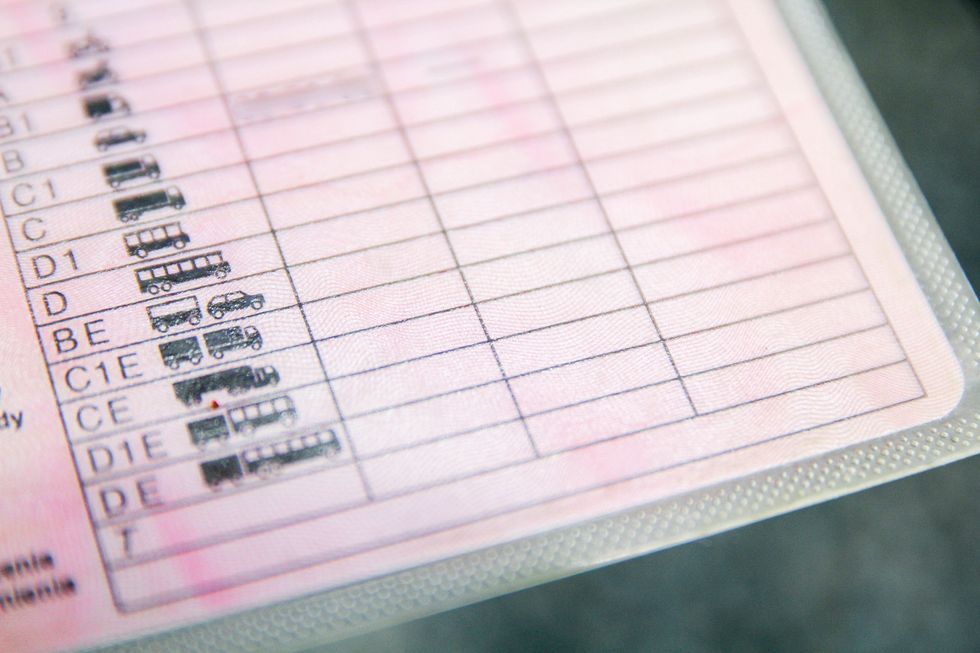
The DVS licencing is split into Group 1 and Group 2
|GETTY
The tests inspect a driver's eyesight and reaction time as well as look at the impact of pre-existing conditions such as diabetes, epilepsy and seizures.
As part of the eyesight test, drivers must be able to read a number plate from 20 metres away and meet new visual acuity standards as well as new field of vision standards.
The DVS detailed: “From October the medical standards and medical certificate requirements for Jersey driving licences change.”
As part of these changes, there will be two licence groups for different types of driving licences.
The DVS licencing requirements are split into Group 1 and Group 2:
Group 1 for categories A, A1, B, B1, BE, f, h, k and p
Group 2 for categories C, C1, CE, C1E, D, D1, DE and D1E
Each group will have different medical requirements, and the driver will be responsible for ensuring they meet them.
Some drivers have been placed in higher medical standards for Group 2 due to their vehicles being bigger and heavier and therefore requiring more complex handling and manoeuvring.
Group 2 drivers usually spend more time driving and will need to meet the medical standards and submit a medical certificate to be able to travel.
The DSA said: “If you have a Group 2 category on your driving licence and don’t want it anymore you can surrender it.
“You’ll be able to reinstate it within five years without having to take a practical driving test again.”
Drivers will need a medical certificate when they first apply for a Group 2 licence. They will also need to repeat the process every time they renew if they are older than 45 years old.
LATEST DEVELOPMENTS:
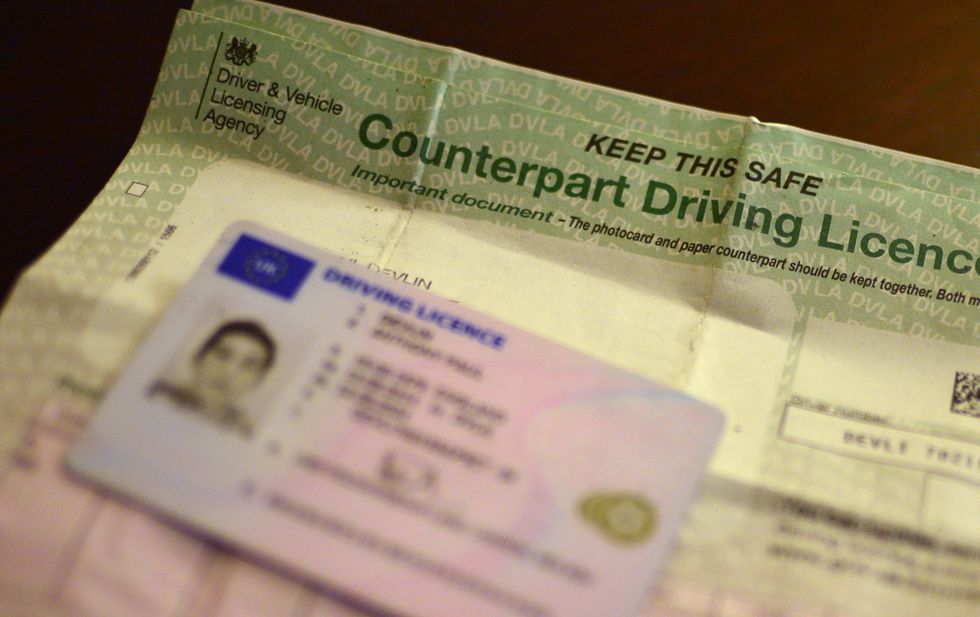
New rules to come into effect from October 5
| GETTYAnother requirement for the certificate is if a driver starts suffering from some medical condition, which must be completed by a registered medical practitioner, but this can by a local GP.
However, drivers needing a Group 1 licence are met with different requirements by the agency.
Group 1 licences will be valid for 10 years compared to Group 2 driving licences which are only valid for five years from the age of 45, and for one year after the age of 65.





